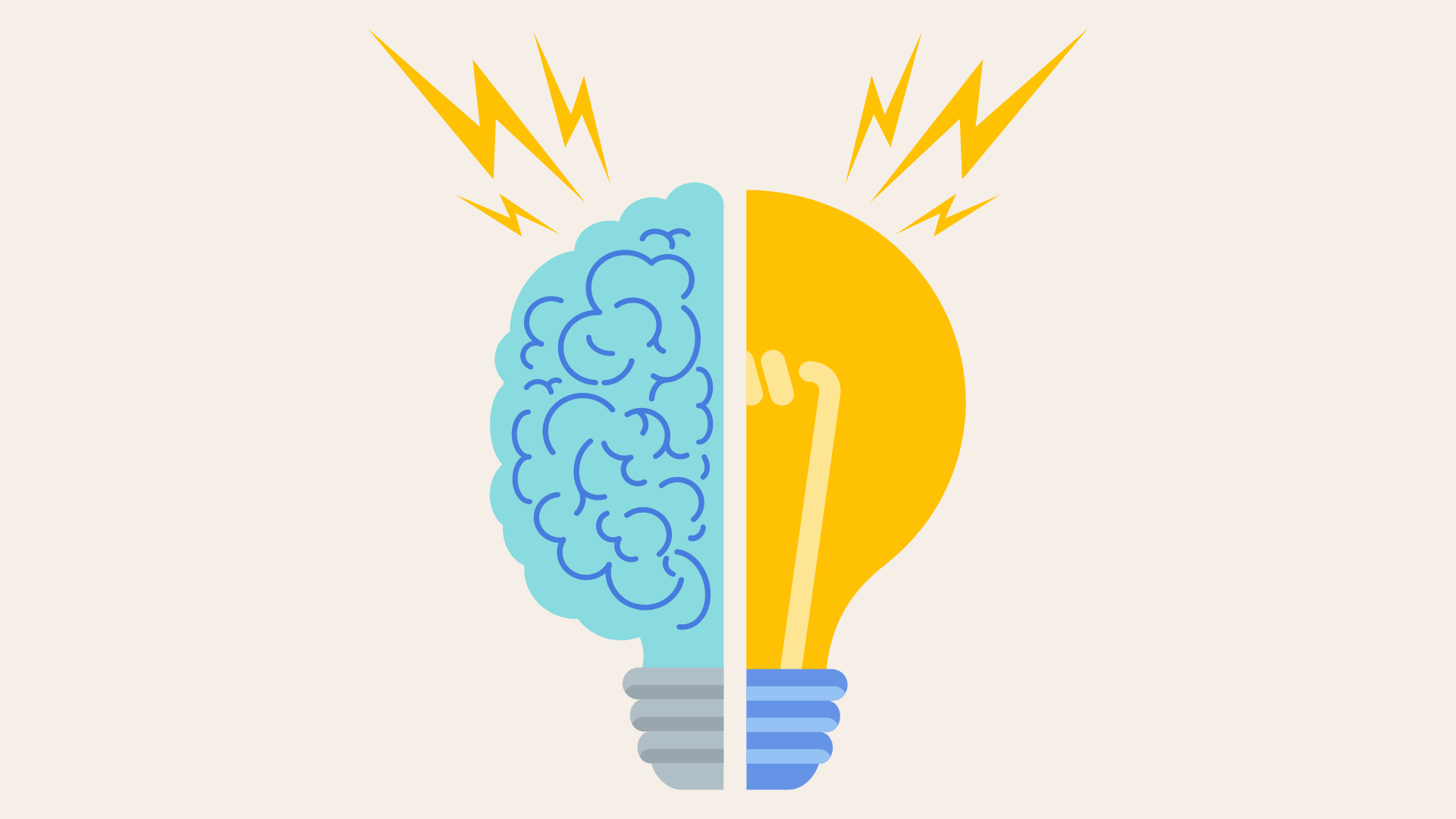
Pain Reprocessing Therapy (PRT) is a system of psychological techniques that retrains the brain to interpret and respond to signals from the body properly, subsequently breaking the cycle of chronic pain. Pain Reprocessing Therapy has five main components: 1) education about the brain origins and reversibility of pain, 2) gathering and reinforcing personalized evidence for the brain origins and reversibility of pain, 3) attending to and appraising pain sensations through a lens of safety, 4) addressing other emotional threats, and 5) gravitating to positive feelings and sensations. See the treatment outline for Pain Reprocessing Therapy here and the group protocol outline here.
A randomized controlled trial at the University of Colorado Boulder validated Pain Reprocessing Therapy as the most effective current treatment for chronic pain. In the study, there were 150 chronic back pain patients. 50 patients received PRT twice a week for four weeks, 50 patients received treatment as usual, and 50 patients received an open-label placebo injection. In the PRT group, 98% of patients improved and 66% of patients were pain-free or nearly pain-free at the end of treatment. These outcomes were largely maintained one year later. Read the study in JAMA Psychiatry here.
A secondary analysis of the trial demonstrates that PRT significantly reduces pain intensity and fear avoidance behaviors by increasing mind- or brain-related attributed causes of pain. Results suggest that using simple language to reattribute pain from the body to the brain may support effective treatment to relieve pain. Read the study in JAMA Network Open here.